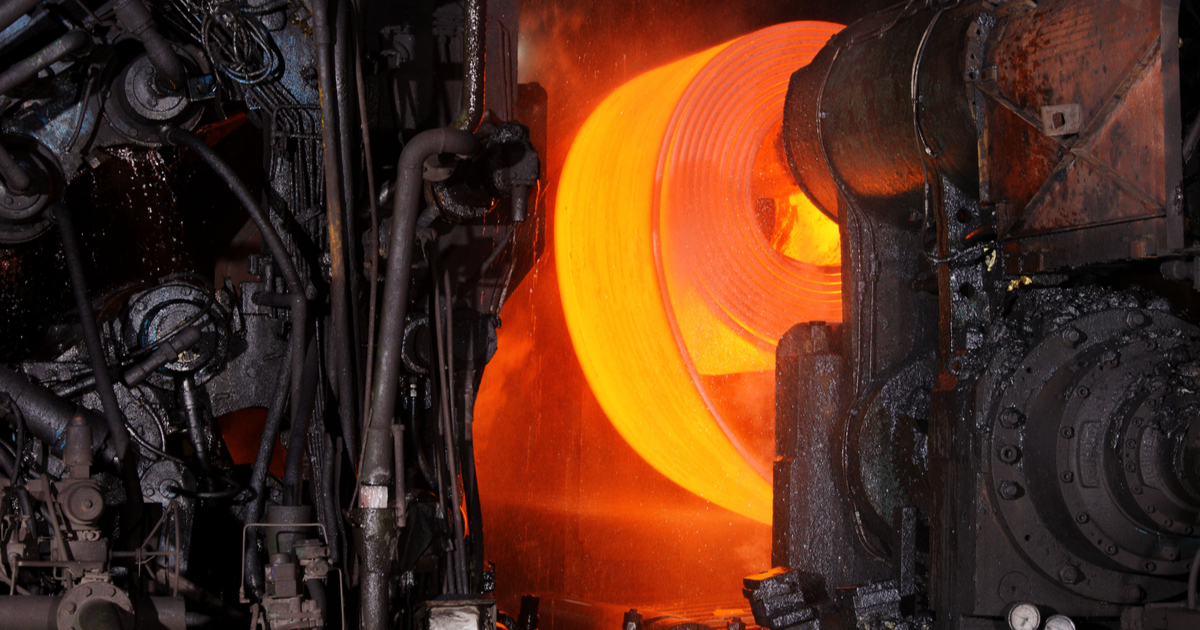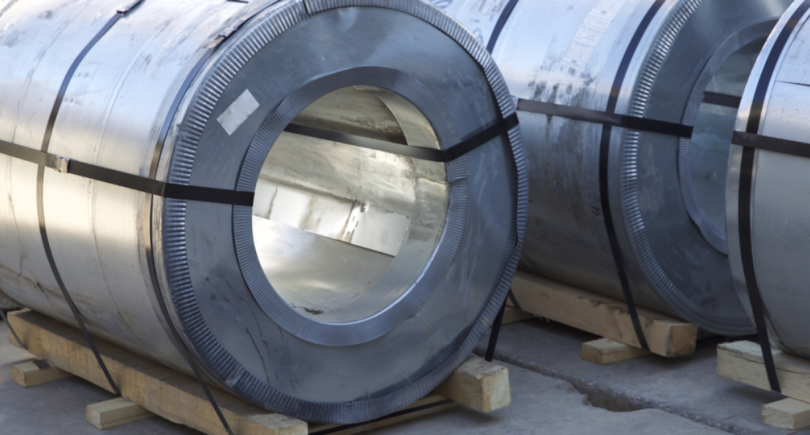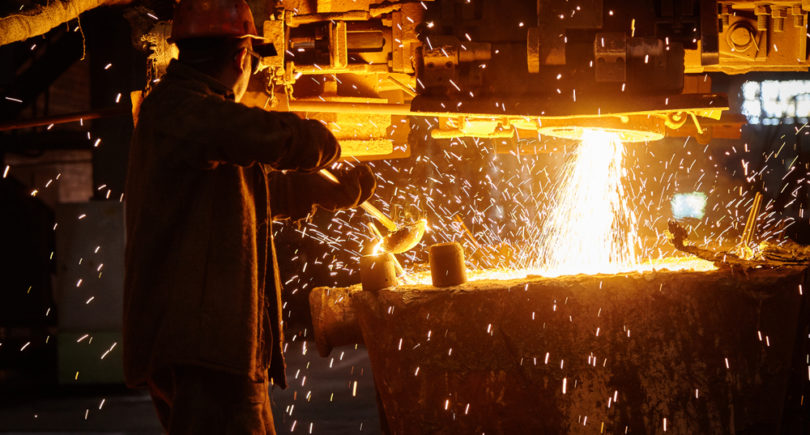
News Global Market US 495 29 June 2023
Government stimulus will increase domestic steel consumption by about 6-8 million short tons
New government investment and US federal policies will increase steel demand by 8 million short tons over the next decade, estimates Leon Topalyan, chairman of the board, president and CEO of the American steel corporation Nucor, Kallanish reports.
Trillions in new investments in government infrastructure, semiconductor manufacturing, the power grid and other incentives are significant enough to ensure a substantial increase in domestic steel production, he said.
Speaking at a specialized forum in New York, Leon Topalyan added that the work of steel producers will also ensure the development of data centers, warehouses, large retail stores and other private sector facilities. Government stimulus will increase domestic steel consumption by about 6-8 million short tons over the next ten years.
The CEO of Nucor also announced that the production of thick sheet steel at the Nucor Brandenburg plant will reach the level of 500,000 tons per year by the end of 2023. The $1.7 billion plant will also reach operating profitability by the end of this year. This Kentucky project is Nucor’s largest one-time capital investment in company history. However, it will be surpassed by the company’s new sheet steel plant in West Virginia. The project, which is currently valued at $3.1 billion, should be launched in 2025.
Leon Topalyan notes that the company is generally open to considering opportunities and partnerships that could increase metal supplies, but does not plan to directly mine iron ore.
As GMK Center reported earlier, in March the USA announced that it will direct $6 billion in grants to accelerate decarbonization projects in energy-intensive industries such as steel, aluminum, and cement, which account for nearly 25 percent of US greenhouse gas emissions. The proposed program (Industrial Demonstrations Program) provides competitive grants to technology developers, industry, universities and others in the amount of up to 50% of the cost of projects aimed at reducing emissions in industry. It also includes the production of chemicals, ceramics and paper.



